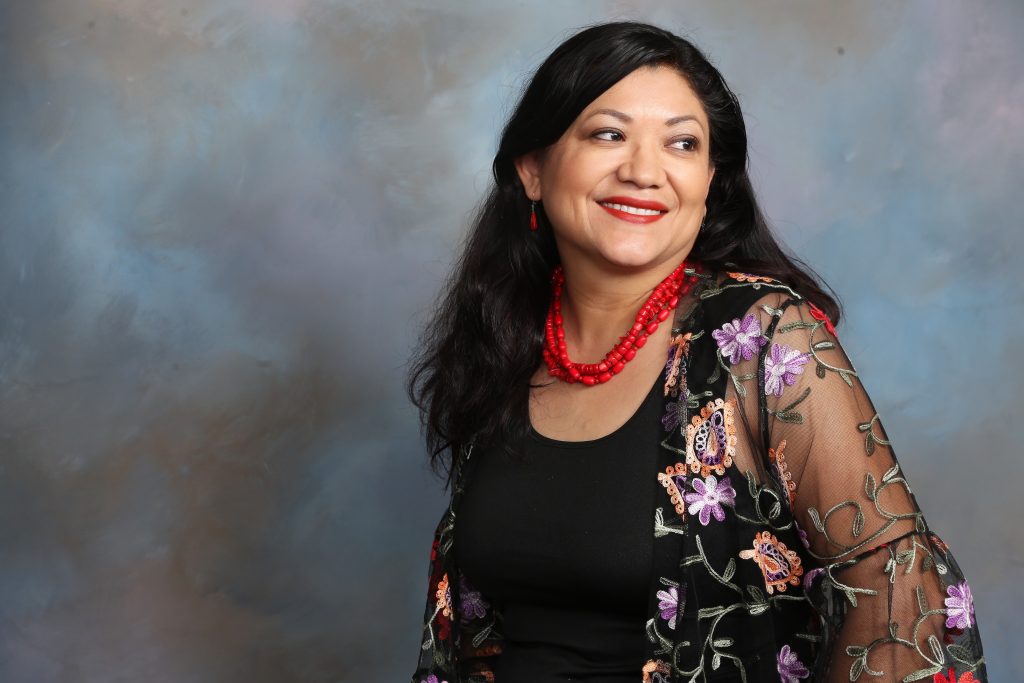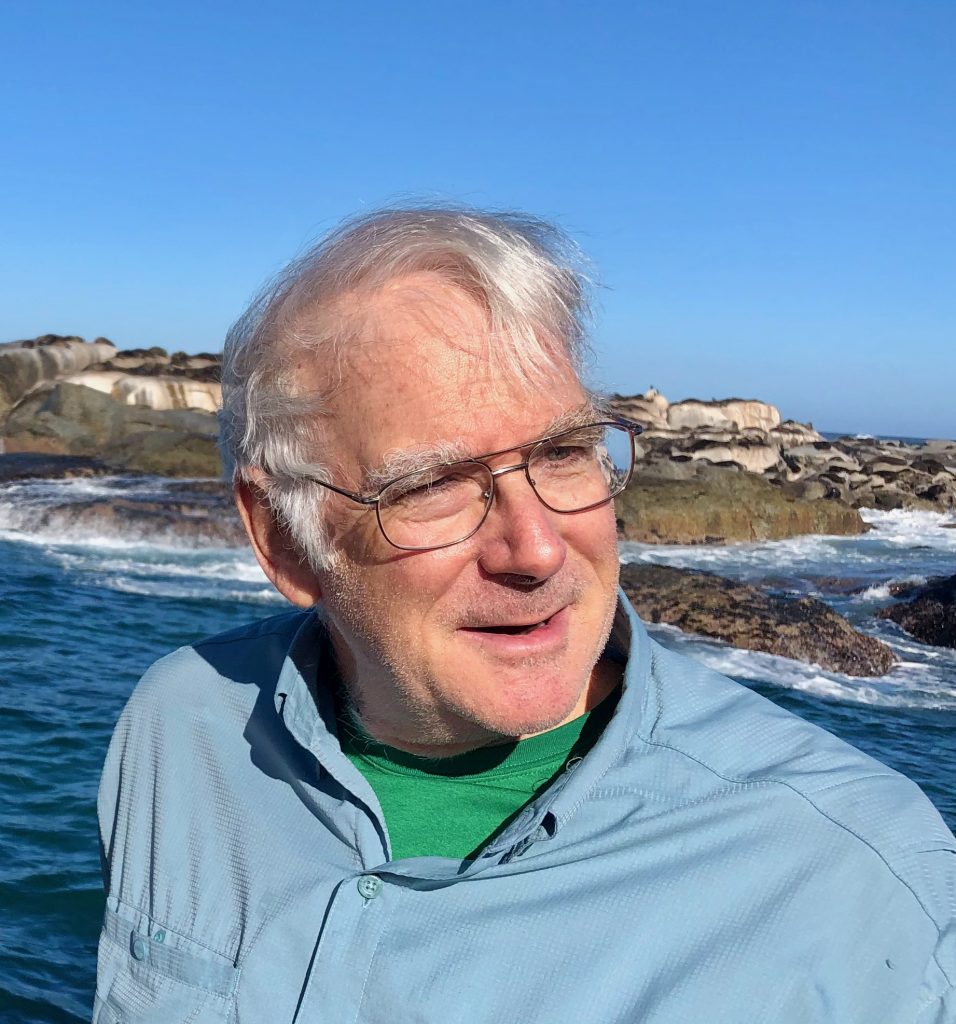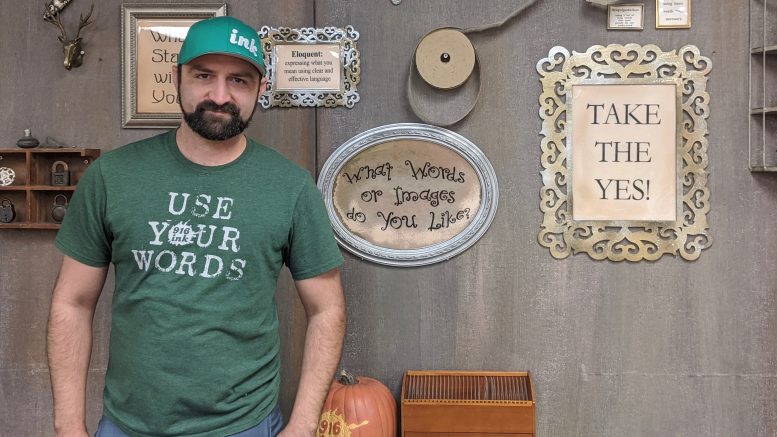By Donna Apidone
The large, framed sign just inside the front door tells a story: “A writer is someone who writes.” At the 916 Ink Imaginarium, that is a fact.
Thousands of young people have experienced 916 Ink since the Sacramento nonprofit opened in 2011. They have all been writers — and almost all were under 18 years old. The organization encourages young writers to express themselves through stories and helps them to put those stories on paper.
916 Ink has contracts with the Sacramento City Unified School District and several other educational institutions in the region. In addition to leading the many writing sessions in the Imaginarium, the team deploys to regional schools for after-school sessions and serves students in English classes at youth detention facilities, reaching more than 5,000 writers in grades 3 through 12.
Every year, some of these students see their work in print. 916 Ink has published 300 anthologies to showcase their talent, allowing Sacramento to boast 5,000 published young authors; most under the age of 18. Those numbers beg the question: How can creativity shape our community?
Imagination is key
The Wall of Prompts at the 916 Ink headquarters in South Sacramento is filled with artifacts that spark imagination. Writing prompts are often verbal or written, but here the floor-to-ceiling shelves in the Imaginarium contain tangible inspiration.
“You don’t have a bright green skull?” Ian Hadley asked. Hadley, who has led 916 Ink as its executive director since 2018, pointeds out one of his favorite prompts. On another shelf, he points to a tiny box filled with antique keys that can unlock a person’s imagination and open doors to worlds beyond Sacramento.
Angela De Claro, who manages the Find Your Voice Program at 916 Ink, elaborated on the magical nature of keys. “To a person without a home, they signify a place to sleep,” she said. “To a teen in a youth detention facility, they mean freedom.”
The shelves also hold an equally magical glass container of shells, a world globe, an antique typewriter and dozens of other items, and books. The Imaginarium is filled with books. Because that is the work of writers: Books are the inspiration and the product.
The adults at 916 Ink are impressed with the young authors in their programs. Their animated enthusiasm is contagious. They consider themselves fortunate observers who watch young writers connect with creativity.
Group leaders are not known as teachers. Instead they are given titles meant to foster creativity. The person at the front of a classroom is called a Word Slinger. This person is usually assisted by two Inspirators (AmeriCorps volunteers). When a young writer receives one-on-one tutoring, they work with a Page Turner. When it’s time to publish an anthology, it’s put together not by an editor, but a Guest Revisionist.
The Imaginarium is “a safe place to write and share … to create something from nothing.” De Claro said.

916 Ink follows the Amherst Writers and Artists philosophy, which encourages positive feedback based on its Five Essential Affirmations: Everyone has a strong, unique voice; everyone is born with creative genius; writing as an art form belongs to all people, regardless of economic class or education level; the teaching of craft can be done without damage to a writer’s original voice or artistic self-esteem; a writer is someone who writes.
Listening is also essential to the Amherst philosophy. Participants are asked to listen to readings of each other’s work without judgment or interruption.
The octopus
What would the Imaginarium be without the octopus? This artificial creature is purple, several feet high and covered with glittery artifacts: more keys! The octopus is more than a visual pun about ink.
“We have four core values,” Hadley explained. “Empathy, empowerment, equity and octopus. Octopus represents creative risk,” he added.
For some writers, there is an initial sense of hesitation, but it doesn’t last long, De Claro said. She told the story of a young writer who came to the Imaginarium but refused to take part in an exercise. He didn’t want to write. The Word Slinger gently explained that he didn’t have to write anything. It’s OK to write nothing. And that’s what happened. The young person reacted by writing the word “nothing” on his paper — 40 times. When it was time for the writers to share their work, the Word Slinger gave each vocalization of the word a different flavor, demonstrating 40 different expressions of “nothing.”
De Claro said those words made an impression, and the young author opened up to creative writing.
Sacramento’s literary pedigree
The Sacramento area has long been grounded in writing. In the past 70 years, the city has raised or housed authors of various genres. Joan Didion may be the city;s most famous author. The Royal Chicano Air Force led a movement with their poetry and art. William T. Vollmann carves out his niche with novels and journalism. Greta Gerwig is known for her screenplays. John Lescroart delivers compelling crime thrillers. These authors have taken different roads with their writing, changing how audiences see themselves and their surroundings.
Sacramento has a legacy of influential authors across various genres spanning the past 70 years. Four of the region’s most acclaimed writers shared their journeys in storytelling and its effects on community building.
Reyna Grande: achieving freedom through writing
Reyna Grande’s early years did not look like those of a budding author. She lived in poverty in Mexico and crossed into the United States without documents at the age of nine. A writing program “would have lessened the trauma,” Grande said. “I felt very lonely. There was so much going on in my life and no one to share it with. It would have helped to ground me, to center me, to give me more confidence.”
She found her center. Within a few years she became competent in English and won her first writing competition in eighth grade. Grande, who lives in Woodland, has since published work in English and Spanish. Her 2012 memoir, “The Distance Between Us,” was published in versions for adult and middle school readers. She knew the challenges she faced in her youth would inspire others and that the process would be therapeutic.
“It’s almost like being haunted,” Grande said. “It’s something constantly in your head, wanting to be freed. You have to figure out how you’re going to let it out. By letting it out, you set yourself free. Everybody has art in them if they are allowed to express it.”
Craig McNamara: creativity fuels community
Craig McNamara, who owns a walnut farm in Winters, doesn’t think of himself as a writer; but books were important in his family. His mother started the national Reading Is Fundamental organization. He has kept detailed journals for more than 40 years. Like Grande, McNamara felt an inner drive to write about his family. “It was the most compelling focus of my life at the time,” he said. “It’s in us, and sometimes it doesn’t know how to get it out.”
McNamara sought assistance through the Stanford Distinguished Careers Institute to release his memoir in 2022. A creative writing professor and an editor guided him as he wrote about his conflicted relationship with his father, former Secretary of Defense Robert McNamara. Craig McNamara considers writing to be a link to empathy.
“Creativity is the essence of a community,” he said. “It commits people to dialogue. It opens up our hearts so that we can understand each other.”
Chris Nichols: giving a voice to people who are unheard
Understanding is a big part of journalist Chris Nichols’ work. Nichols writes for CapRadio, with a focus on the unhoused community. “These are multidimensional people,” he said. “They need all the enrichment that anyone needs and enjoys—education, activity, creativity. Of course, people want to live a full life. They want their kids educated.”
Nichols sees writing as a formative tool that can change the future of young people. “The value is that you can express emotions that maybe you would not otherwise be able to. It’s a way to get emotions down and out, to wrestle with them and get perspective on them,” he said. Without writing “life is less colorful.”
Bob Stanley: writing for self-discovery

Former Sacramento Poet Laureate Bob Stanley, who taught at Sacramento State for 15 years, agreed that connection to oneself is an integral part of writing. “I didn’t write for a couple years, and I just had this hollow feeling, wondering ‘What’s wrong?’ And then I started writing, and that’s what it was. I just needed to be writing.”
Poetry can also lead to improved verbal expression. For Stanley, poetry readings helped him to feel comfortable with public speaking.
“Poetry is just words on a page.”
It’s not about the audience, he said. “Writers should ask, ’Who am I’ not ‘What does the audience want?’” Stanley paraphrased modernist Austrian poet Rainer Maria Rilke. “Don’t worry what the audience might think. Don’t write to an imagined editor. Ask yourself if you must write, and then write what it is you must write.”
The octopus’ work continues
Hadley, of 916 Ink, sees another benefit of writing: It shifts the focus away from our electronic devices.
“Everything is getting faster and shorter. When you’re moving at that pace, and you’re lacking in the time and space to reflect, I think it leads to negative mental health outcomes,” he said. “Writing with pen and paper forces you to slow down your brain. There’s something meditative about it. There’s something that helps you put together a better core understanding of who you are. And that leads into self-expression.”
Hadley believes storytelling is how a community expresses its understanding of itself. “What would a community be without any of the storytelling we do? It bonds people together in a way that I don’t think anything else does.”
This year, 916 Ink has broadened its reach. Its new Drop A Pen program allows writers of any age to participate, with a focus on three neighborhoods in North Sacramento and three in South Sacramento. “It’s about amplifying voices in neighborhoods that are less often in the public eye,” Hadley said.
Of the 174 submissions from people in those areas, 60 will be chosen for inclusion in a coffee table-style anthology. Those writers will be featured at four pop-up events in early fall.
In the coming school year, another 1,000 writers will bond and find their literary voices through 916 Ink. They will put pen to paper, write about green plastic skulls, use old keys to unlock new doors, discover the meaning of “octopus” and create something from nothing. Because that is the work of a writer.
A writer is someone who writes.
This story was funded by the City of Sacramento’s Arts and Creative Economy Journalism Grant to Solving Sacramento. Following our journalism code of ethics and protocols, the city had no editorial influence over this story and no city official reviewed this story before it was published. Our partners include California Groundbreakers, Capital Public Radio, Outword, Russian America Media, Sacramento Business Journal, Sacramento News & Review, Sacramento Observer and Univision 19.


Be the first to comment on "Writing our future: 300 books, 5,000 published authors … and an octopus"